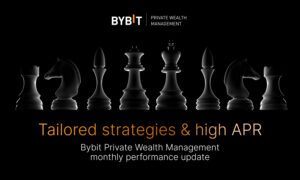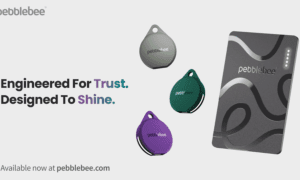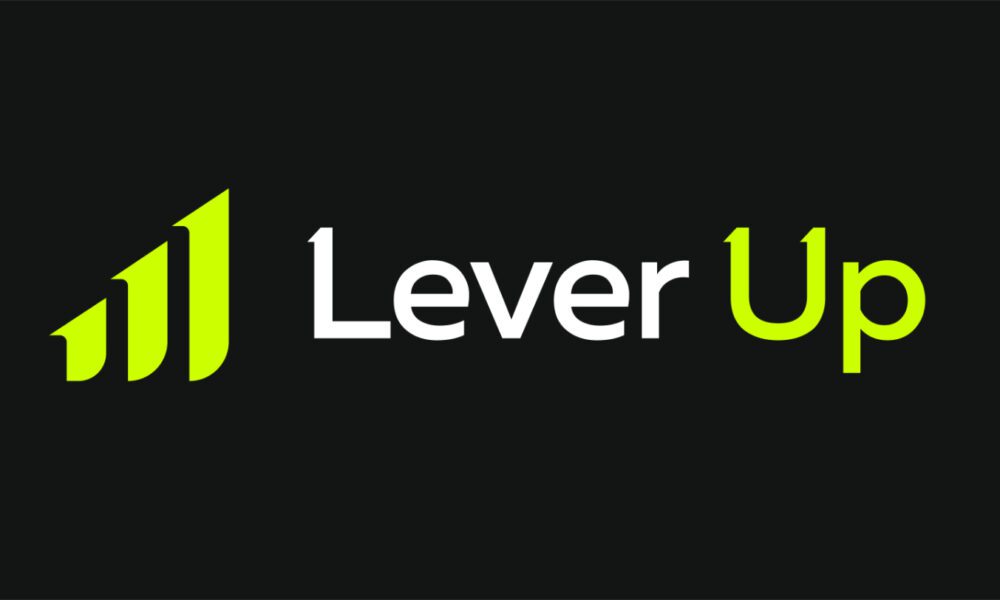Analyst data shows the open source CRM segment is worth about 3.47 billion USD this year with a projected compound annual growth rate above twelve percent through 2032, far outstripping the expansion rate of many proprietary suites.
The surge is powered by three factors that resonate with every B2B revenue team: artificial‑intelligence readiness, granular modularity, and a materially lower total cost of ownership.
1. AI readiness is the new default
In enterprise pipelines AI is graduating from a nice‑to‑have plugin to table stakes functionality. Research published in early 2025 finds that seventy percent of all CRM deployments now embed artificial intelligence services, lifting sales revenue by ten to twenty percent and customer satisfaction by up to thirty percent. Open source vendors have responded by baking model orchestration, vector database connectors, and generative content engines straight into their core.
- Predictive lead scoring: Models trained on historic opportunity data surface accounts most likely to convert, letting account executives focus effort where the probability of closing is highest.
- Conversational intelligence: Natural language processing transcribes and analyses calls, then pushes coaching prompts into the manager dashboard.
- Process automation: Low‑code workflow builders trigger renewal reminders, CPQ approvals, or service tickets without human intervention.
Because the codebase is transparent, ops engineers can fine‑tune prompts, swap in domain‑specific models, or move inference to a private cloud when data residency rules demand it. That flexibility is difficult to match in a closed platform.
2. Modularity keeps tech stacks agile
Marketing and sales ops teams hate vendor lock‑in. Modern open source CRM solve that pain by exposing every layer as a discrete service. Contact objects, deal pipelines, marketing automation engines, and analytics dashboards run as separate modules communicating through documented APIs rather than brittle internal calls.
- Teams can decouple the marketing automation module and replace it with a specialist CDP while leaving the core customer 360 intact.
- Frontend widgets are shipped as JavaScript packages, so product teams style them to match brand guidelines without touching back‑end code.
- A microservices architecture means updates land in tiny packages, reducing regression risk and cutover windows.
Community‑maintained connectors already exist for mainstream SaaS tools such as HubSpot marketing hubs, QuickBooks ledgers, and Shopify storefronts. If an integration is missing, developers fork the repository, add an adapter, and submit a pull request back to the project.
3. Lower total cost of ownership, not just free licenses
Licensing is only one slice of CRM spend. When finance teams model total cost of ownership they add infrastructure, customisation, user training, and change management. A 2025 pricing study shows open source CRM roll‑outs can shave up to fifty percent off that combined bill.
- Licensing – zero per‑seat fees translate into predictable OpEx aligned to infrastructure usage alone.
- Customisation – in‑house engineers can extend the schema or write new logic without waiting for vendor professional services.
- Scaling – containerised deployments autoscale on commodity cloud instances, avoiding the staircase effect of fixed commercial editions.
- Exit costs – data schema transparency eliminates expensive migration projects when strategies change.
Explore what free crm offers
4. A community flywheel of innovation
Open source success depends on vibrant contributor networks. Projects like Twenty CRM and SuiteCRM publish quarterly roadmaps then crowdsource feature branches from partners, agencies, and freelance developers. Product owners gain rapid innovation without absorbing the entire R&D bill, while contributors earn visibility and repeat consulting gigs.
Peer‑reviewed code also raises quality. Bugs are exposed earlier, security researchers test patches in public, and localisation happens in parallel across languages. For a global B2B firm supporting field teams on five continents, that breadth of scrutiny is a strong risk‑mitigation asset.
5. Security, compliance, and data governance on your terms
Chief information security officers used to dismiss open source as unsafe. That view has flipped. With source code visible, penetration testers audit lines that would be off‑limits in proprietary stacks. Enterprises can compile their own images, enforce supply‑chain signing, and route telemetry through internal observability platforms.
Regulated industries appreciate data sovereignty. A bank in the European Union can run the CRM inside its own cloud tenancy, keep audit logs within region, and still use the same feature set available worldwide. The approach aligns with GDPR, India DPDP, and sector‑specific frameworks like HIPAA.
6. Implementation realities for 2025 buyers
Success with open source CRM still demands strategic planning. Leaders should:
- Map required capabilities to modules – avoid installing a monolith when only sales pipeline management is essential.
- Budget for DevOps expertise – container orchestration skills shorten go‑live timelines.
- Define AI governance policies early – document which datasets feed training loops and set thresholds for human oversight.
- Engage the community – upstream contributions reduce the burden of maintaining a private fork.
Conclusion
Open source CRMs in 2025 offer a practical intersection of AI capability, modular engineering, and compelling economics. Revenue teams gain predictive insight and automation straight out of the box while retaining the freedom to adapt architecture as markets shift. Finance leaders like the lean cost structure, security teams value code transparency, and product managers applaud the pace of community innovation. For B2B companies seeking a future‑proof customer platform without vendor lock‑in, the question is no longer why open source but rather why not.





























